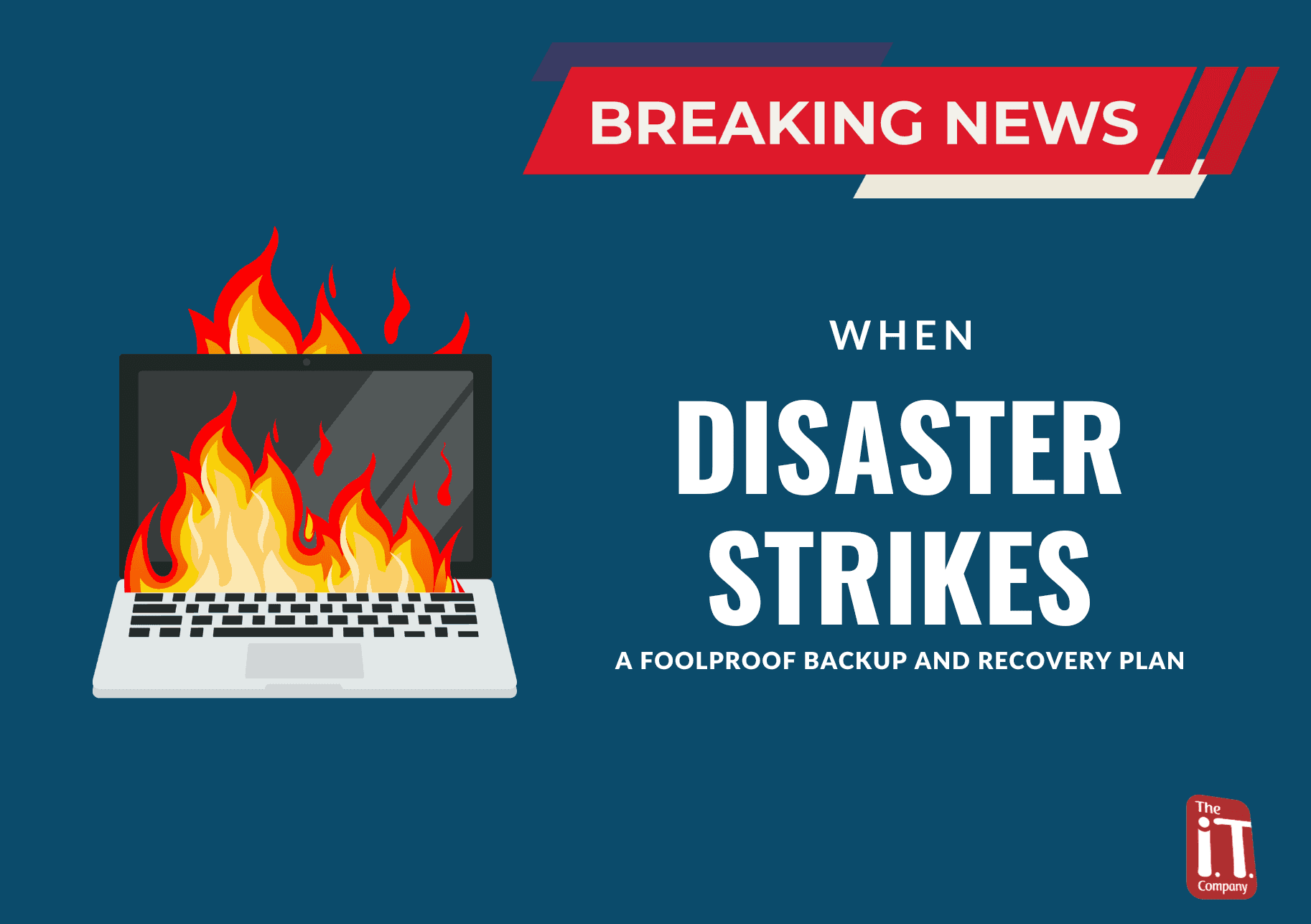Imagine this scenario: your business is thriving, your operations are streamlined, and your customer base is growing. But then, out of nowhere, disaster hits—a cyberattack, a server crash, or even something as mundane as a spilled coffee taking out your laptop. Suddenly, critical business data is lost, your employees can’t access vital files, and your clients are left waiting.
For a CEO, data loss isn’t just inconvenient—it can jeopardize your entire business. It can lead to missed deadlines, lost revenue, frustrated clients, and damage to your reputation. But don’t despair; there’s a solution that every CEO should prioritize: a robust backup and recovery plan. Let’s break down why this matters, how to implement it, and what it means for your business’s long-term success.
Why Backups Are a Non-Negotiable for CEOs
Data is the backbone of modern businesses. Whether it’s customer information, financial reports, proprietary projects, or employee records, data drives decisions and operations. Losing this data can lead to operational chaos, breaches of compliance regulations, or even legal repercussions.
A backup system acts as your safety net. Think of it as an insurance policy for your digital assets—it ensures that no matter what happens, your business can continue functioning. Beyond financial stability, backups protect your brand’s reputation. Clients and stakeholders trust you to safeguard their information; demonstrating preparedness reinforces that trust.
The Many Faces of Data Loss
Before diving into solutions, let’s understand the common causes of data loss. As a CEO, awareness of these risks empowers you to mitigate them:
- Human Error: Employees accidentally delete files or save over important documents. It’s surprisingly common.
- Cyberattacks: Ransomware and other malicious threats can encrypt your data or wipe it out entirely.
- Hardware Failures: Servers crash, hard drives die, and computers malfunction—none of which announce their arrival.
- Natural Disasters: Floods, fires, earthquakes, or even power outages can impact physical systems storing data.
- Software Issues: Bugs, glitches, or compatibility errors can corrupt files and systems.
Each of these threats can bring your business to a standstill if you’re not prepared.
The Recovery Process: Your Digital Lifeboat
Backing up data is only half the story. Recovery is what ensures those backups are useful when you need them most. Without a streamlined recovery process, you may face prolonged downtime, frustrated clients, and revenue loss.
Recovery is the act of restoring your data from backup systems and getting your business operations back on track. For CEOs, the key is minimizing downtime; time spent recovering data is time spent losing money and trust. A well-implemented recovery plan ensures your team can quickly and confidently bounce back from disasters.
Crafting a CEO-Level Backup Strategy
A backup strategy isn’t one-size-fits-all. It requires careful planning tailored to your business’s needs. Here’s how to approach it:
1. Choose the Right Backup Solutions
There are various types of backup methods available, and selecting the right one depends on your business size, data volume, and budget:
- Local Backups: Physical devices like external hard drives or on-premise servers store your data locally. These are fast but vulnerable to physical damage or theft.
- Cloud Backups: Services like Microsoft Azure, Google Drive, or AWS allow you to store data off-site in secure servers. They offer scalability, accessibility, and protection from physical risks.
- Hybrid Solutions: Combining local and cloud backups gives you the best of both worlds.
2. Automate Backups
Manual backups are prone to errors and inconsistencies. Automated systems ensure that backups happen regularly and reliably. This reduces the risk of human error and provides peace of mind.
3. Regular Testing
A backup is worthless if it’s corrupted or incomplete. Periodically test your backup systems to ensure they’re functional and up-to-date. This proactive step can save you from unpleasant surprises during a crisis.
4. Ensure Compliance
In industries with strict regulations (e.g., healthcare, finance), backups must meet legal standards. Work with IT providers who understand compliance requirements like GDPR, HIPAA, or PCI DSS.
Crafting a Foolproof Recovery Plan
Recovery isn’t just about technical steps—it’s about preparing your team and processes to act swiftly. Here are essential elements of a good recovery plan:
1. Disaster Recovery Plan (DRP)
Every CEO needs a documented disaster recovery plan outlining the steps to follow during a data loss event. It should include:
- The roles and responsibilities of each team member.
- Contact information for IT support and vendors.
- A timeline for restoring critical operations.
2. Prioritize Critical Data
Not all data is equally important. Identify the files and systems that are critical to business continuity and ensure they are backed up and recoverable first.
3. Invest in Redundancy
A single backup isn’t enough. Implement multiple layers of redundancy (e.g., geographic backups) to ensure data can be restored even if one source fails.
4. Communication Plan
During recovery, keeping clients, employees, and stakeholders informed is vital. Build a clear communication strategy to maintain trust and transparency.
Quantifying the Business Impact of Data Loss
The true cost of data loss goes beyond financial numbers. As a CEO, understanding these impacts reinforces why backup and recovery should be top priorities:
- Revenue Loss: Downtime can mean missed sales opportunities, project delays, or production halts.
- Brand Reputation: Clients may lose faith in your ability to protect their information, leading to strained relationships or churn.
- Operational Disruption: Employees can’t perform their roles effectively without access to systems and data.
- Legal Consequences: If data breaches violate compliance regulations, your business may face fines or lawsuits.
Beyond Backups: Staying Ahead of Future Threats
The world of IT is constantly evolving, and as a CEO, you need solutions that adapt to emerging challenges. Here are a few trends and technologies to consider:
- AI and Machine Learning: Advanced analytics can predict and prevent potential system failures.
- Blockchain: This technology offers tamper-proof systems for secure data storage.
- Cybersecurity Upgrades: Regular investments in security software and employee training keep your business protected from evolving cyber threats.

